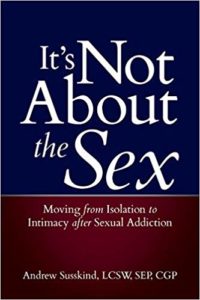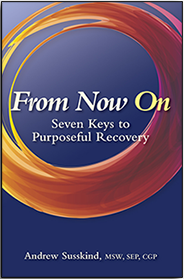Face it. It’s been a few hundred years since Puritanical beliefs thrived in early America when sex for pleasure was seen as morally wrong. Yet, religious dogma continues to exist in our society today, and some faith communities still contribute to confusion and shame based on rigid, outdated rules such as prohibition of same-sex practices as well as sex before marriage.
Fortunately, religious rigidity is not as pervasive today, but for many, our sexual attitudes and behaviors remain constricted. As part of the World Health Organization (WHO), medical leaders have studied and defined Sexual Health as follows:
“a state of physical, emotional, mental and social well-being in relation to sexuality; it is not merely the absence of disease, dysfunction or infirmity. Sexual health requires a positive and respectful approach to sexuality and sexual relationships, as well as the possibility of having pleasurable and safe sexual experiences, free of coercion, discrimination, and violence. For sexual health to be attained and maintained, the sexual rights of all persons must be respected, protected and fulfilled.” (WHO, 2006a)
With an emphasis on “positive and respectful” as well as “pleasurable and safe sexual experiences,” this thoughtful definition demonstrates how far we have come on an international level, but we still have a long way to go. Here is the story of Jack, which illustrates a common way teenagers often stumble into their sexual awakening:
By the time Jack arrived in my therapy office in his early 20s, he knew he wanted real-life intimacy. He expressed his desire to date and explore sex with someone other than images on the screen. Jack’s teenage porn use was a common story and often becomes an introduction to sex and sexual turn-ons.
Raised in a liberal Methodist home, Jack was twelve-years-old when he stumbled upon his father’s porn stash. Immediately, Jack was hooked, and his young brain started to crave more elaborate forms of porn which interfered with his interest in dating. “Internet porn seemed so much easier than meeting a girl,” he confided early in his therapy. In addition to porn, he used edibles to enhance his sexual experiences and this “pot and porn” ritual became a daily habit. Although sexual pleasure was gratifying at times, he felt increasingly lonely and empty.
In the early 20th century Carl Jung described the necessity to embrace the shadow within ourselves in order to fully experience our lighter parts. With regard to sex, shame or censorship of one’s sexual self creates a barrier to pleasure, and there is already more than enough sexual shame in most of us. Instead, how can Jack learn about his sexual identity and choices based on pleasurable, respectful, and safe sexual experiences? Although compulsive porn use was not a sustainable activity for him, it was the catalyst for Jack to learn about his body, his sexual turn-ons as well as his sense of pleasure. Jung might call Jack’s behavior part of his shadow self because it’s secretive, but it also opens the door to lighter aspects of sex—fun, play and freedom.
Merriam Webster defines pleasure as “a state of gratification; a source of delight or joy.” As a sexual being, pleasurable sex is your birthright, yet Self-Pleasure is rarely discussed. Once again, the echoes of the Puritans may get in the way of this human desire, which I define as follows: any experience that brings you closer to contentment, relaxation, or serenity. Examples of self-pleasure—sexual or sensual—include masturbation, a hot bath, massage, facial, or petting your dog (or cat).
In Part Two we will discuss specific action steps toward examining, exploring, and experimenting with the infinite possibilities of pleasure.




